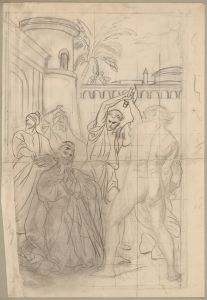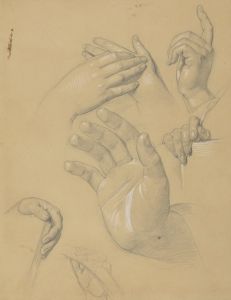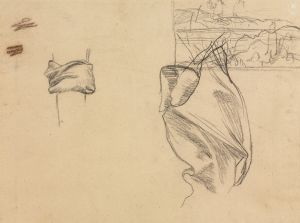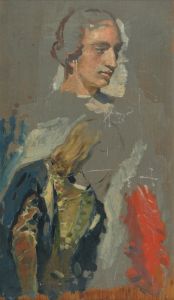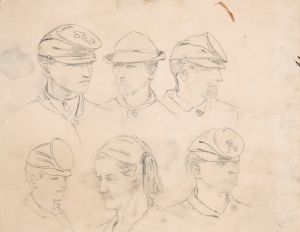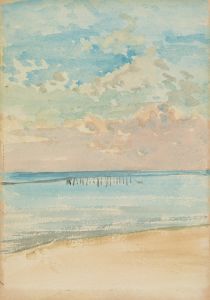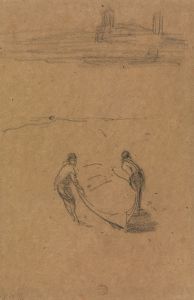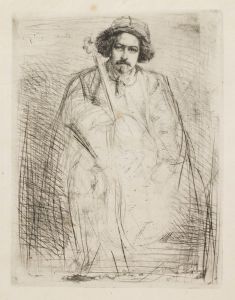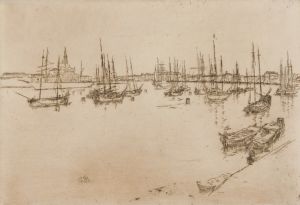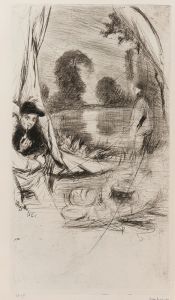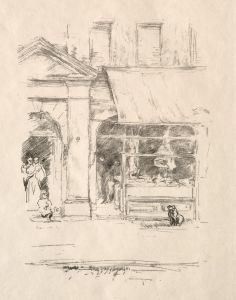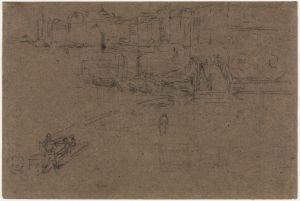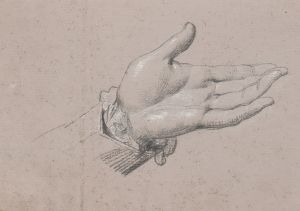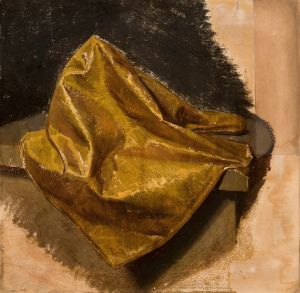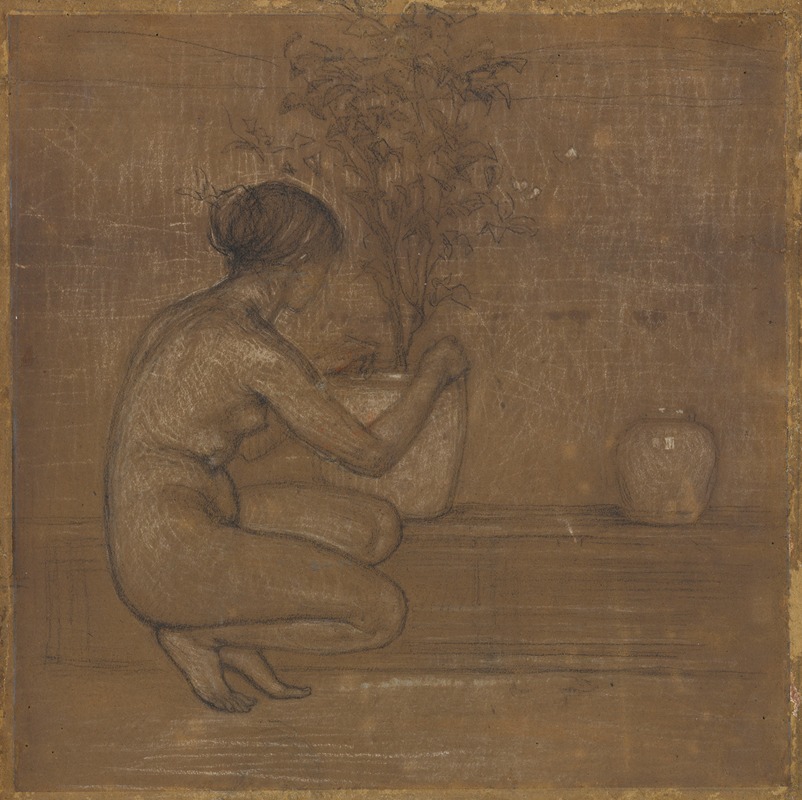
Crouching Figure. Study for The White Symphony; Three Girls
A hand-painted replica of James Abbott McNeill Whistler’s masterpiece Crouching Figure. Study for The White Symphony; Three Girls, meticulously crafted by professional artists to capture the true essence of the original. Each piece is created with museum-quality canvas and rare mineral pigments, carefully painted by experienced artists with delicate brushstrokes and rich, layered colors to perfectly recreate the texture of the original artwork. Unlike machine-printed reproductions, this hand-painted version brings the painting to life, infused with the artist’s emotions and skill in every stroke. Whether for personal collection or home decoration, it instantly elevates the artistic atmosphere of any space.
James Abbott McNeill Whistler, an influential American artist, created the painting "Crouching Figure. Study for The White Symphony; Three Girls" in the late 19th century. Whistler is renowned for his contributions to the Aesthetic Movement, which emphasized the visual and sensual qualities of art and design over narrative content or moral messages.
"Crouching Figure. Study for The White Symphony; Three Girls" is a preparatory work for a larger, more complex composition titled "The White Symphony: Three Girls." This study showcases Whistler's meticulous approach to composition and his dedication to exploring the subtleties of form and color. The painting features a single female figure in a crouching position, rendered with delicate brushwork and a limited color palette dominated by shades of white and soft tones. This focus on a monochromatic scheme is characteristic of Whistler's style, particularly his series of "Symphonies" and "Nocturnes," where he often used musical terminology to title his works, reflecting his belief in the harmony and rhythm of visual art akin to music.
Whistler's technique in this study highlights his mastery of tonal variation and his ability to convey depth and texture with minimal use of color. The figure's pose and the drapery of her clothing are rendered with a sense of fluidity and grace, emphasizing the artist's interest in the human form and its expressive potential. The study also reflects Whistler's influence from Japanese art, particularly in its simplicity and the use of negative space, which became a significant aspect of his artistic philosophy.
The painting was created during a period when Whistler was deeply engaged in exploring the themes of beauty and aesthetic experience. His works from this time often sought to evoke an emotional response through their visual qualities rather than through narrative content. "Crouching Figure. Study for The White Symphony; Three Girls" exemplifies this approach, inviting viewers to appreciate the subtle interplay of light, shadow, and form.
Whistler's impact on the art world extended beyond his paintings. He was a prominent figure in the London art scene and maintained close relationships with other leading artists and intellectuals of his time. His writings and public lectures on art theory and criticism further solidified his reputation as a key proponent of the Aesthetic Movement.
Today, "Crouching Figure. Study for The White Symphony; Three Girls" is recognized as an important work within Whistler's oeuvre, illustrating his innovative approach to composition and his commitment to the principles of aestheticism. The painting is held in various collections and continues to be studied and admired for its artistic significance and its contribution to the broader understanding of Whistler's legacy.





